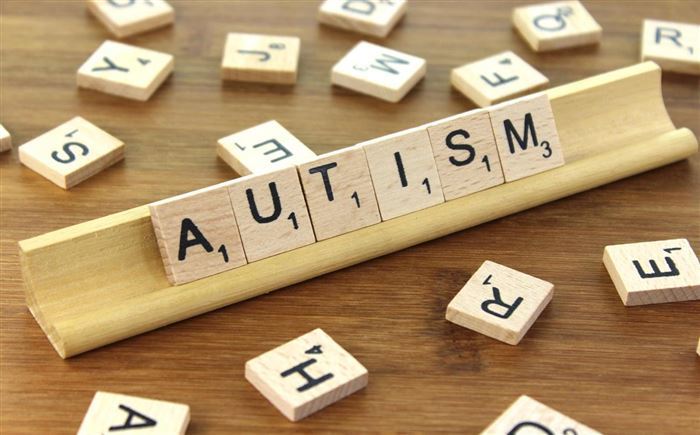Autism Spectrum Disorder: Unlocking the World Within

Table of Contents
- Introduction
- Understanding Autism Spectrum Disorder
- Types of Autism Spectrum Disorder
- Causes and Risk Factors
- Signs and Symptoms
- Diagnosis and Evaluation
- Early Intervention
- Therapies and Treatments
- Support for Individuals with Autism
- Education and Autism
- Living with Autism
- Challenges and Misconceptions
- Research and Future Outlook
- Conclusion
- Frequently Asked Questions
Autism Spectrum Disorder: Unlocking the World Within
1. Introduction
Autism Spectrum Disorder (ASD) is a complex neurodevelopmental condition that affects individuals in many different ways. It has received a great deal of attention in recent years, providing improved understanding, research and support for those on the spectrum. In this article, we will explore the world of ASD, examining its types, the latest research from its types and future possibilities.
2. Understanding Autism Spectrum Disorder
Autism spectrum disorder is a broad term that encompasses and is characterized by complex conditions in social skills, repetitive behaviour, language and nonverbal communication It is important to recognize that autism is not a one size fits all condition but is spectrum, showing different effects on individuals. Understanding these differences is important to getting the right help.
3. Types of Autism Spectrum Disorder
There are many distinct subtypes in the spectrum, such as classic autism, Asperger syndrome, and pervasive developmental disorder not otherwise specified (PDD-NOS) and each of these subtypes presents unique challenges and strengths, providing tailored interventions individual needs are paramount.
4. Causes and Risk Factors
The exact causes of ASD remain the subject of ongoing investigation. Both genetics and environment play a role in its development. Understanding these factors is important in identifying at-risk individuals and developing early intervention strategies.
5. Signs and Symptoms
Early diagnosis and intervention are needed to recognize the signs and symptoms of ASD. These include interpersonal difficulties, communication difficulties, and repetitive behaviors. Recognizing these signs is the first step in seeking help and support.
6. Diagnosis and Evaluation
The diagnosis of ASD requires a comprehensive evaluation including medical history, observation, and evaluation. Early and accurate diagnosis is essential to ensure appropriate resources and support are available.
7. Early Intervention
Early intervention is key to helping individuals with ASD reach their full potential. Behavior development therapy can address specific challenges and improve daily functioning.
8. Therapies and Treatments
Diagnoses and therapies are available to help individuals with ASD, including speech therapy, occupational therapy, and applied behavioral analysis (ABA). These treatments are designed to meet specific needs and improve overall quality of life.
9. Support for Individuals with Autism
Support networks are important for individuals with ASD and their families. These networks provide emotional support, guidance, and resources to cope with challenges related to autism.
10. Education and Autism
For individuals with ASD, education is one of the most important aspects of their development. Customized education programs, including special education activities, help children on the spectrum reach their full potential.
11. Living with Autism
Living with autism can present unique challenges, but it also offers unique strengths. Understanding and embracing these differences can lead to an inclusive and diverse society.
12. Challenges and Misconceptions
Challenges and misconceptions associated with ASD persist. Breaking down these barriers and finding understanding is essential to creating an inclusive and supportive world.
13. Research and Future Outlook
Ongoing research into ASD continues to shed light on its etiology and possible treatments. The future holds the promise of improving support, understanding, and recognition of individuals throughout the processes.
14. Conclusion
In conclusion, autism spectrum disorder is a multifaceted condition that requires an individualized approach to support and intervention. Understanding the characteristics of autism and promoting acceptance and inclusion are important steps in creating a world where individuals with ASD can thrive
15. Frequently Asked Questions
- What is the prevalence of autism?
- Can autism be diagnosed in adults?
- Are there any alternative therapies for autism?
- How can I support a family member with autism?
- What can I do to raise awareness about autism?
Comments
Trending blog










